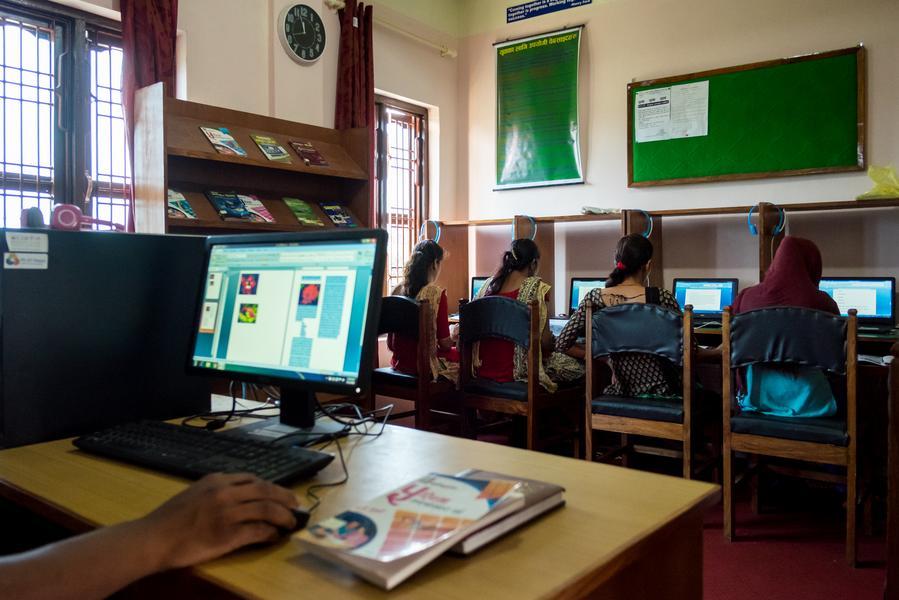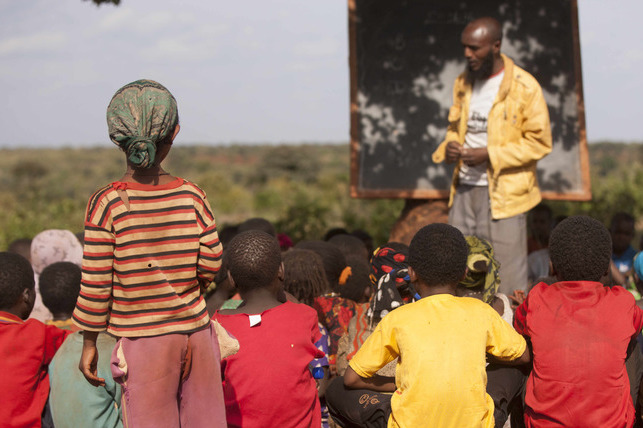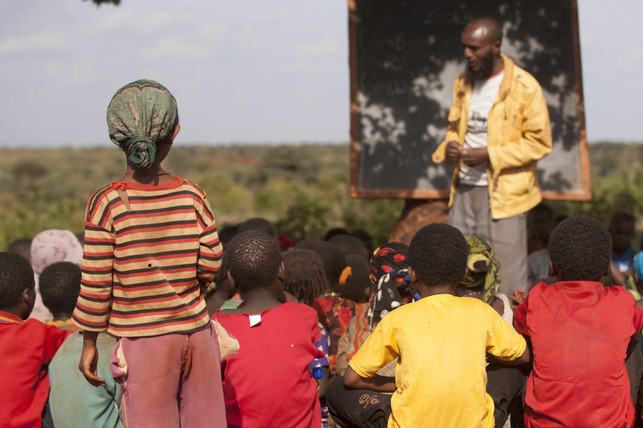Context:
The prolonged conflict in Syria, spanning over a decade, has severely disrupted the education of millions of children and adolescents. Limited internet access and movement restrictions further hinder efforts to increase educational opportunities. Education Cannot Wait (ECW) has been working since 2017 to address the escalating emergencies and provide continuous, quality education in this challenging environment. The conflict has led to a humanitarian crisis, with millions internally displaced or seeking refuge, including a significant proportion of children in need of essential services such as health, nutrition, and education.
Solution:
To mitigate the impact of the conflict on education, ECW initiated an Initial Investment in Syria from 2017 to 2019, followed by implementing a Multi-Year Resilience Programme (MYRP). First Emergency Responses (FERs) were also launched to address immediate needs during escalating emergencies. These efforts aim to provide safe access to learning sites, enhance education quality through teacher training, incorporate inclusive psychosocial support methods, and monitor and prevent attacks on schools. Remedial courses have been introduced to help out-of-school students catch up on missed education. At the same time, mental health and psychosocial support services are provided alongside recreational activities to support overall well-being. Furthermore, measures are implemented to create safe school environments and protect children from sexual violence.
Impact:
Despite ongoing challenges, ECW's interventions have significantly impacted Syria. Safe learning environments have been established, and the quality of education has improved through teacher training and inclusive support methods. Remedial courses have helped out-of-school students reintegrate into formal education, while mental health and psychosocial support services have addressed trauma and supported overall well-being. Additionally, measures to prevent attacks on schools and protect children from sexual violence have been implemented, contributing to a safer learning environment for all. The total number of children reached through the intervention were 125,241.












